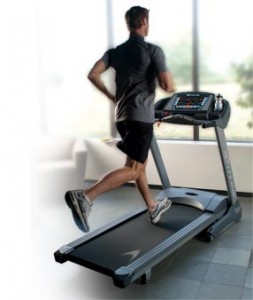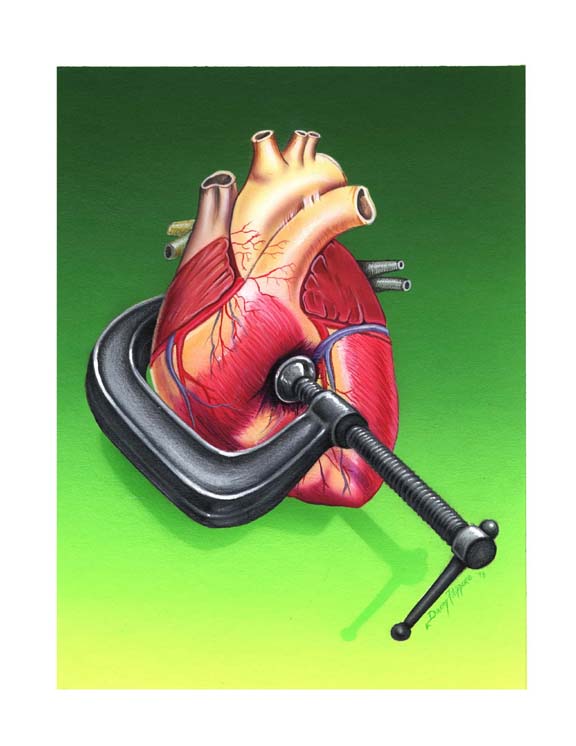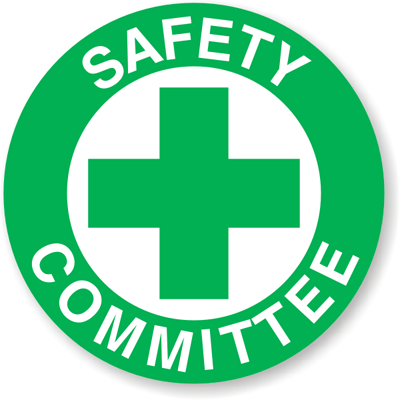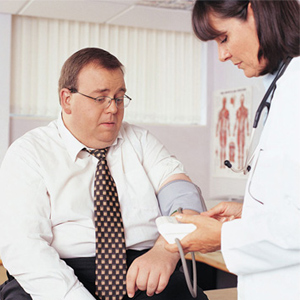 Risk of Falling Increases With Age
Risk of Falling Increases With Age
Many people have a friend or relative who has fallen. The person may have slipped while walking or felt dizzy when standing up from a chair and fallen. Maybe you’ve fallen yourself.
If you or an older person you know has fallen, you’re not alone. More than one in three people age 65 years or older falls each year. The risk of falling — and fall-related problems — rises with age.
Falls Lead to Fractures, Trauma
Each year, more than 1.6 million older U.S. adults go to emergency departments for fall-related injuries. Among older adults, falls are the number one cause of fractures, hospital admissions for trauma, loss of independence, and injury deaths.
Ways to Prevent Falls
Exercise to improve your balance and strengthen your muscles helps to prevent falls. Not wearing bifocal or multifocal glasses when you walk, especially on stairs, will make you less likely to fall. You can also make your home safer by removing loose rugs, adding handrails to stairs and hallways, and making sure you have adequate lighting in dark areas.
Falls are not an inevitable part of life, even as a person gets older. You can take action to prevent falls. Your doctor or other health care providers can help you decide what changes will help.
via NIHSeniorHealth: Falls and Older Adults – About Falls.
 An active lifestyle increases your health and energy. Engaging in fitness activities for men improves your moods, sleep, flexibility, balance, endurance, strength and sexual performance. Belly fat in men “increases your risk of heart disease, stroke, some types of cancer and type 2 diabetes,” says Dr. Michael Jensen at MayoClinic.com. Activities popular with men, such as hiking, running, team sports, surfing, cross-country skiing, circuit training and handball, help maintain your metabolism to prevent weight gain — or encourage weight loss.
An active lifestyle increases your health and energy. Engaging in fitness activities for men improves your moods, sleep, flexibility, balance, endurance, strength and sexual performance. Belly fat in men “increases your risk of heart disease, stroke, some types of cancer and type 2 diabetes,” says Dr. Michael Jensen at MayoClinic.com. Activities popular with men, such as hiking, running, team sports, surfing, cross-country skiing, circuit training and handball, help maintain your metabolism to prevent weight gain — or encourage weight loss.







